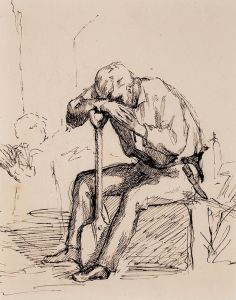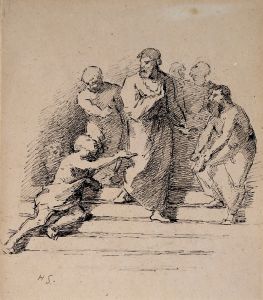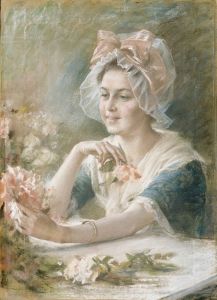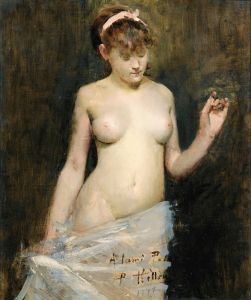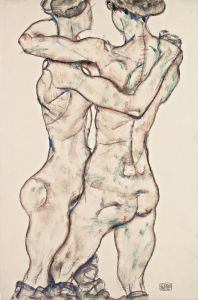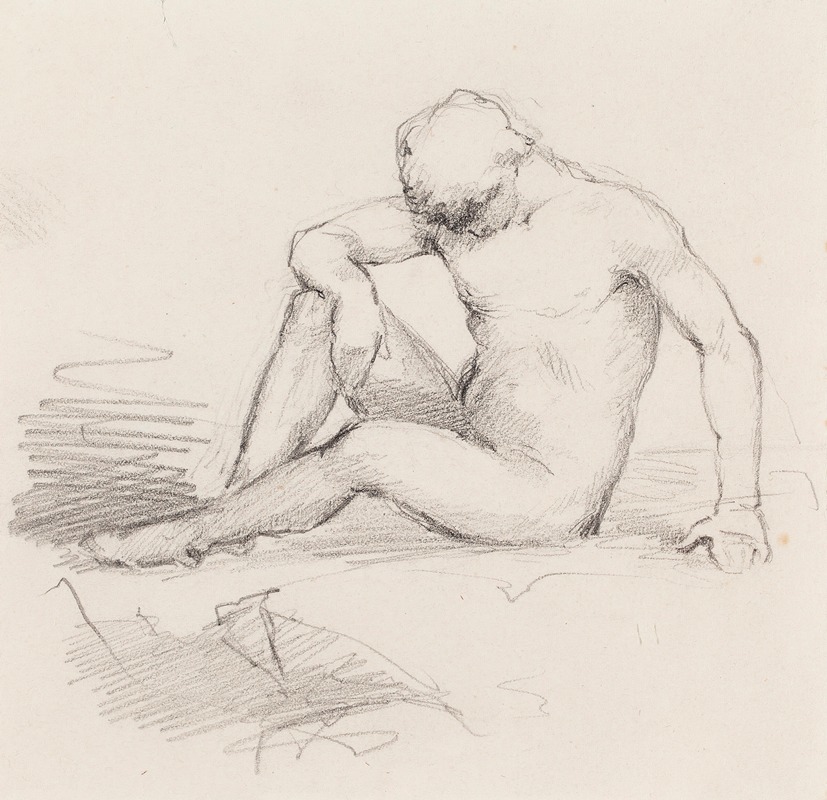
Istuva alaston mies
A hand-painted replica of Helene Schjerfbeck’s masterpiece Istuva alaston mies, meticulously crafted by professional artists to capture the true essence of the original. Each piece is created with museum-quality canvas and rare mineral pigments, carefully painted by experienced artists with delicate brushstrokes and rich, layered colors to perfectly recreate the texture of the original artwork. Unlike machine-printed reproductions, this hand-painted version brings the painting to life, infused with the artist’s emotions and skill in every stroke. Whether for personal collection or home decoration, it instantly elevates the artistic atmosphere of any space.
Helene Schjerfbeck (1862–1946) was a Finnish painter known for her modernist approach and distinctive style, which evolved significantly over her long career. One of her works, "Istuva alaston mies" (translated as "Seated Nude Man"), exemplifies her exploration of the human form and her interest in capturing the essence of her subjects through minimalistic and expressive techniques.
Schjerfbeck's career began in the late 19th century, and she was initially influenced by the academic style of painting. However, as she matured as an artist, she began to embrace more modernist tendencies, characterized by simplified forms and a focus on the emotional and psychological depth of her subjects. Her work often reflects a deep introspection and a keen observation of the human condition.
"Istuva alaston mies" is a testament to Schjerfbeck's ability to convey complex emotions and narratives through seemingly simple compositions. The painting features a male figure seated in a contemplative pose, rendered with a restrained palette and economical brushwork. This approach allows the viewer to focus on the subject's posture and expression, which suggest a sense of introspection or vulnerability.
Throughout her career, Schjerfbeck was known for her portraits and self-portraits, which often depicted her subjects with an unflinching honesty. Her ability to capture the inner life of her subjects set her apart from many of her contemporaries. In "Istuva alaston mies," this skill is evident in the way she portrays the male figure, not just as a physical form but as an embodiment of deeper emotional states.
Schjerfbeck's work was influenced by various art movements, including Impressionism and Symbolism, but she developed a unique style that defied easy categorization. Her paintings often feature a muted color palette and a focus on light and shadow, which she used to create a sense of atmosphere and mood. This is evident in "Istuva alaston mies," where the subtle interplay of light and shadow adds depth to the composition and enhances the emotional impact of the piece.
Despite her significant contributions to modern art, Schjerfbeck's work was not widely recognized outside of Finland during her lifetime. However, in recent decades, her paintings have gained international acclaim, and she is now regarded as one of the most important Finnish artists of the 20th century. Her ability to distill complex emotions into simple, yet powerful, visual forms has resonated with audiences worldwide.
"Istuva alaston mies" is a prime example of Schjerfbeck's mature style, where she balances abstraction and realism to create works that are both visually striking and emotionally resonant. The painting invites viewers to engage with the subject on a deeper level, encouraging contemplation and reflection.
In summary, Helene Schjerfbeck's "Istuva alaston mies" is a significant work that showcases her mastery of form, light, and emotion. Through her innovative approach to portraiture and her ability to capture the essence of her subjects, Schjerfbeck has secured her place in the canon of modern art. Her work continues to inspire and captivate audiences, offering a window into the complexities of the human experience.







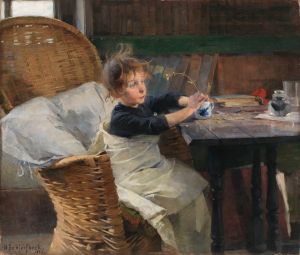
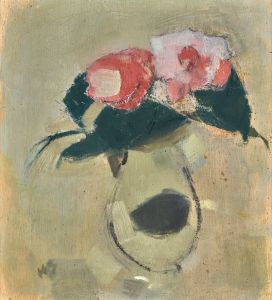
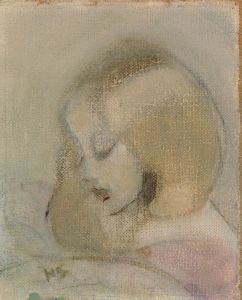
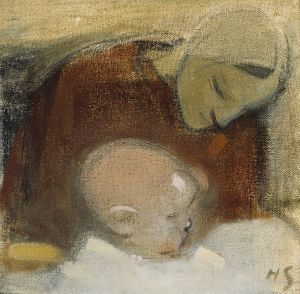

![Hanna Estlander o.s. Lupander [taiteilijan serkku] soittaa pianoa](/imgs/221307/s/helene-schjerfbeck-hanna-estlander-os-lupander-taiteilijan-serkku-soittaa-pianoa-4151dfac.jpg)
